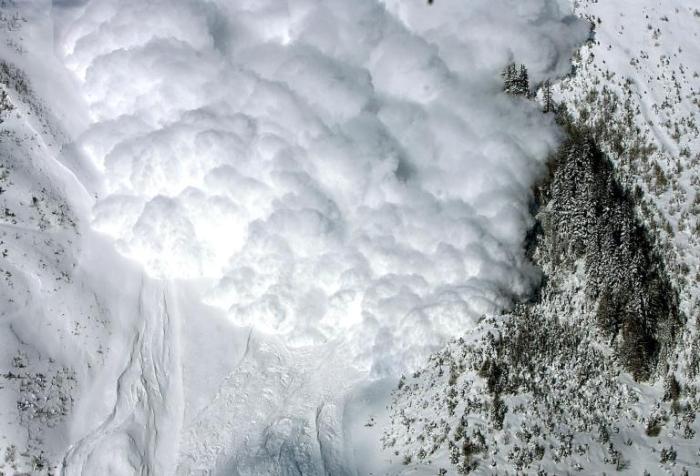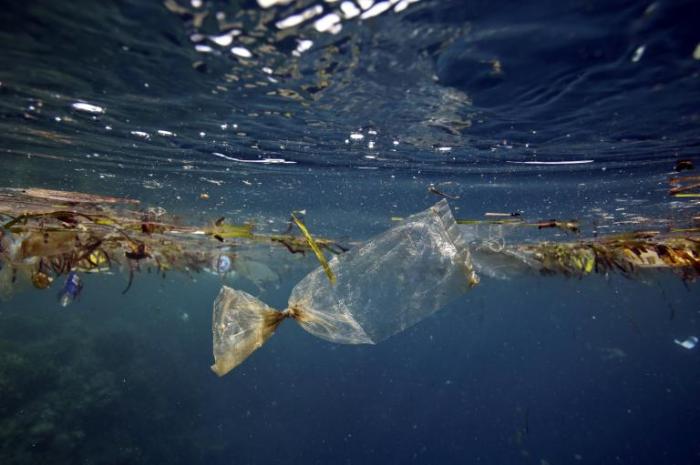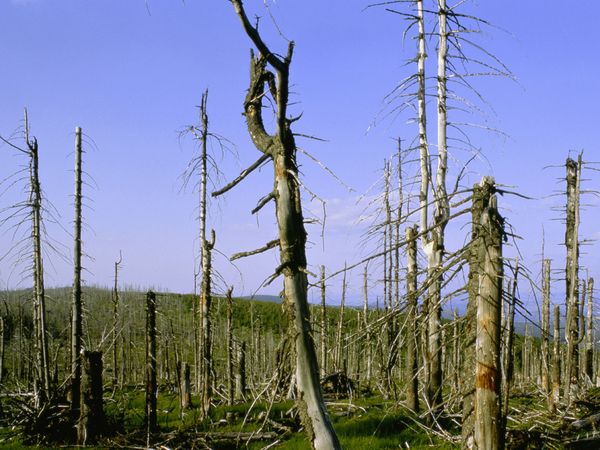The northern lights are one of the biggest draws to visiting Iceland, however they are also one of the most elusive and unpredictable attractions this country has.
The northern lights are the result of electrically charged particles from the sun colliding with gaseous particles in the Earth’s atmosphere, causing displays of bright, colourful dancing lights. They are visible in the magnetic polar regions of the northern and southern hemispheres (they are known as Aurora australis in the south) and they can range in colour from white, green, pink and purple.
According to the Northern Lights Centre in Canada, scientific studies have found that the northern and southern Auroras often occur at the same time as mirror images. This of course means that the Auroras are often happening, even if they aren’t visible to us down on the ground. In the northern hemisphere, the lights are best seen from Iceland, Greenland, northern Norway, Siberia, the Canadian territories and Alaska. Thanks to the latitude of the North American continent in relation to the magnetic pole, the lights have been seen as far south as New Orleans! This is a rare and remarkable thing, though. In Iceland, seeing the northern lights is most certainly annual and regular, although still rather unpredictable.
Guaranteed darkness is the first important factor to see the Northern Lights. The best season to see it is from September to mid-April – these are the months where there are full dark nights. Some sources will recommend November to February, as they are the darkest months with the longest possible window to see the lights, however these sources often fail to take into account that these months can have the worst weather with lots of rain and snow. It is also not unheard of to see the lights as early as mid-August, once the final traces of the midnight sun summer are gone.
ALINA




